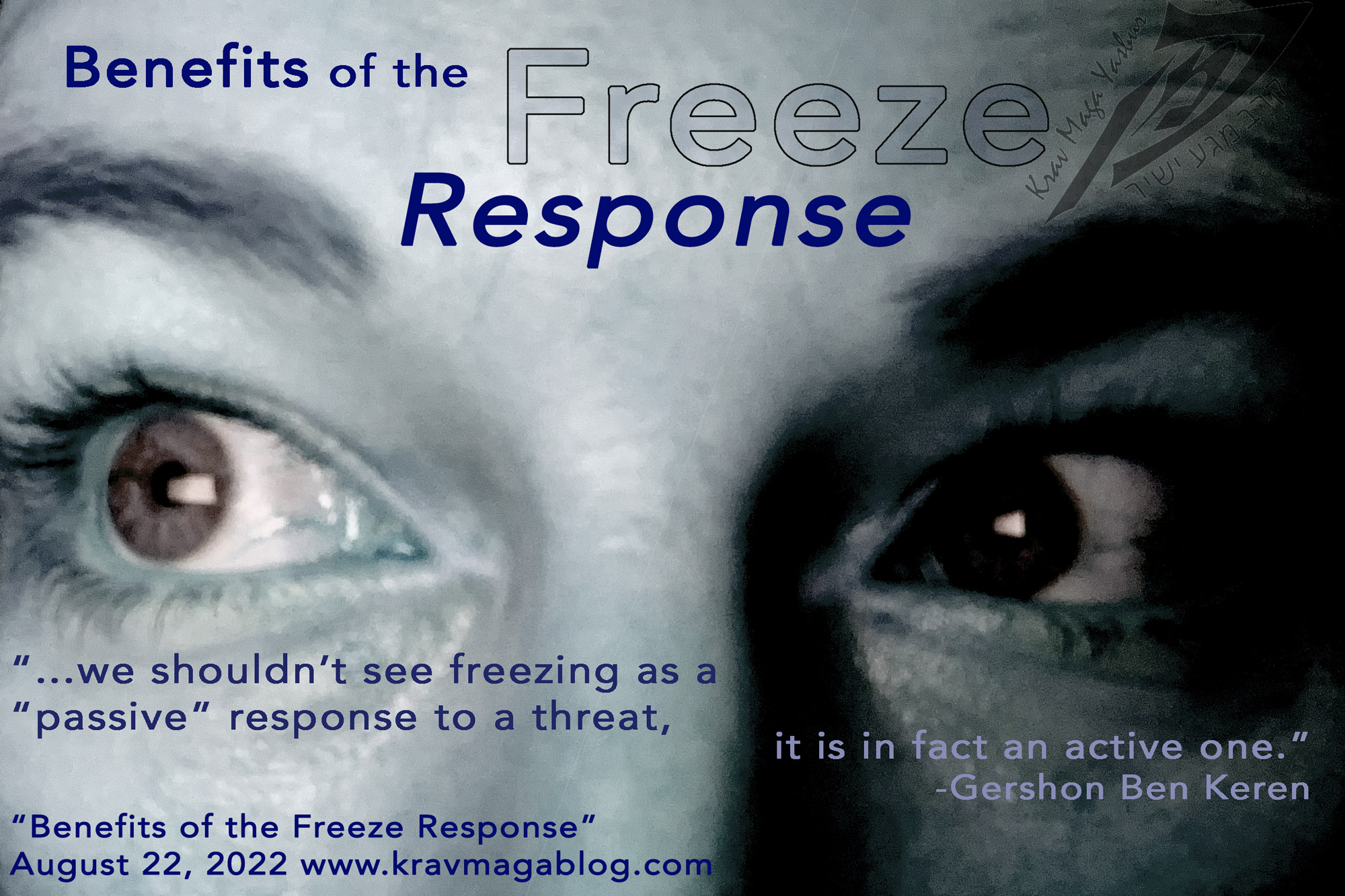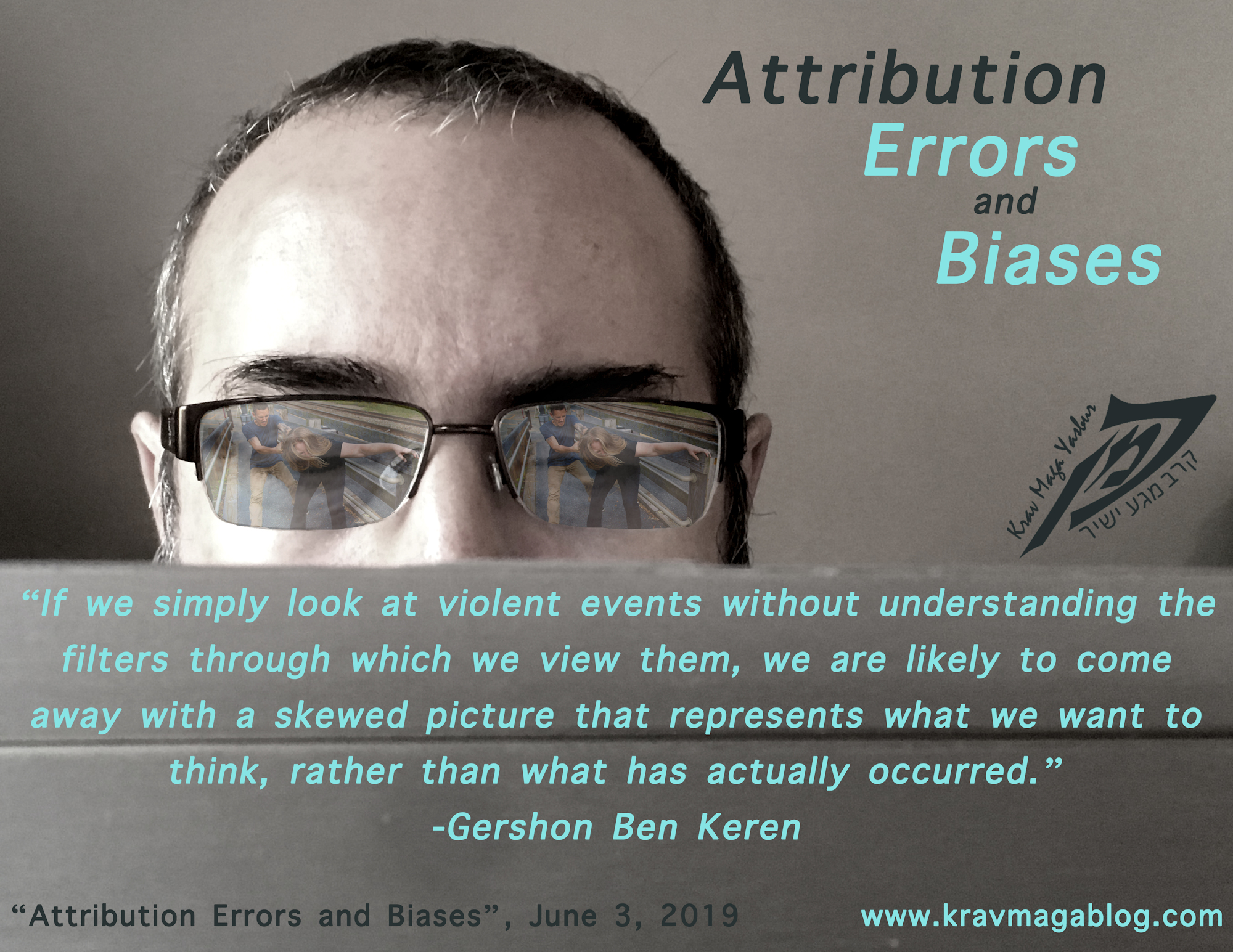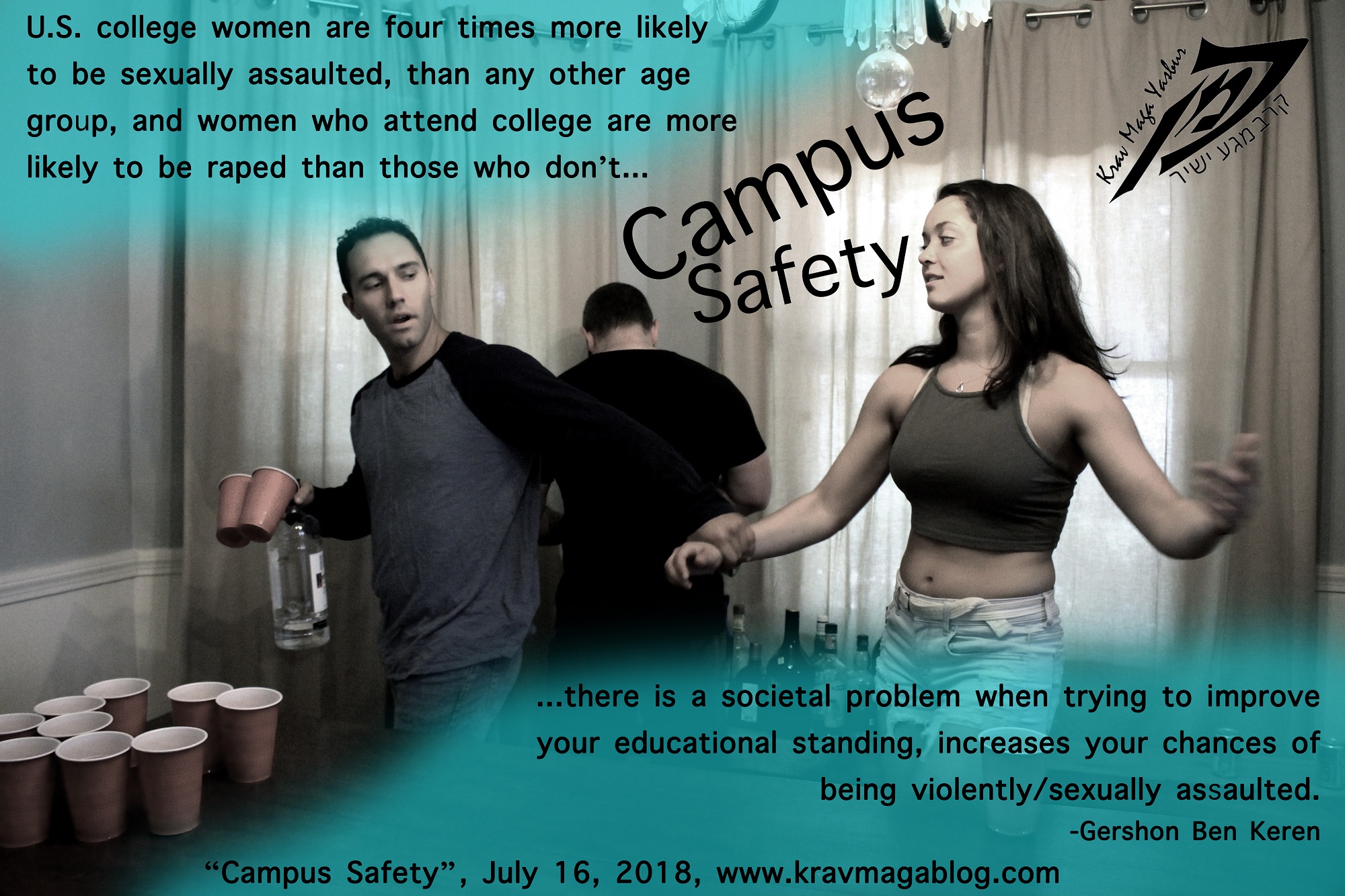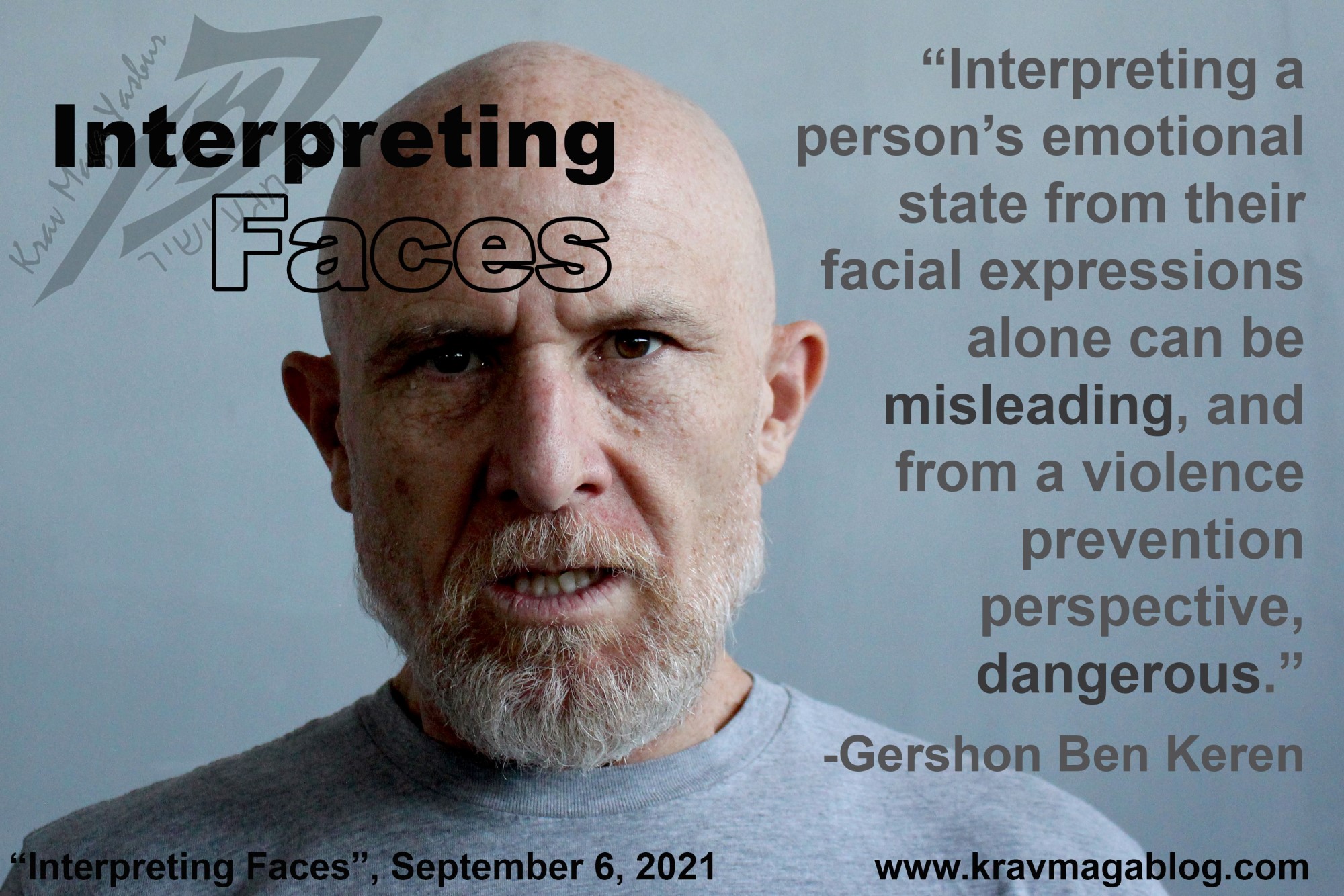Interpreting Faces, is an article written by Gershon Ben Keren, a 5th Degree Black Belt in Krav Maga, who teaches Krav Maga in Boston, MA. He has also authored three Amazon best-Selling Books on Krav Maga.
We aren’t good at reading emotions from facial expressions, and/or even describing faces. This is one of the issues that forensic sketch artists face e.g., if you had to describe to a sketch artist what a friend’s nose looked like, how would you go about doing that? There is little in our language i.e., few words, that allow us to accurately and fully describe facial features. However, up until relatively recently, it was believed that humans had an innate, biological ability to recognize facial expressions; one that was universal and transcended all cultures. This was largely down to the work of the American Psychologist Paul Eckman who postulated that there were six facial expressions that could be internationally recognized, and emotionally interpreted. These were: Anger, Fear, Disgust, Surprise, Happiness and Sadness (see image below).


Eckman, used these photographs in a large study, to try and demonstrate that across all cultures, these emotions could be recognized and interpreted, purely from the facial expressions (the actors who staged these emotions were told to exaggerate them). Unfortunately, Eckman’s research methods were later found to have been compromised by researchers in the field – who were working on his behalf – as it was discovered that researchers had led and directed subjects in helping them interpret these emotions. This was largely down to language issues as the translation of emotions, from one language to another took place e.g., the word for anger in one language didn’t have a direct and exact equivalent in English, and so researchers had to “discuss” what the correct interpretation should be. There may also have been a level of confirmation bias, with researchers wanting to prove Eckman’s hypothesis true – something that can easily take place within studies of this nature.
More recent research by Barret et al. (2010, 2011) has shown that a person’s emotions are not interpreted from facial expressions alone but are socially constructed based largely on the context of the situation that people find themselves in. If you take a look at the photograph below, you will probably interpret the person’s emotion as one of anger or rage, or something similar.


However, once we understand the setting and context, we can understand that the facial expression is actually one of exuberance, happiness and exhilaration etc.

The face belongs to Lionel Messi, who is celebrating his second goal during the 2014 World Cup Match between Argentina and Bosnia-Herzegovina. What this demonstrates is that interpreting a person’s emotional state from their facial expressions alone can be misleading, and from a violence prevention perspective, dangerous. Our focus should be on, understanding the situations and contexts within which confrontations and incidents happen, and socially constructing our interpretations of a person’s emotional state from them. If we rely on recognizing a person’s emotional state based on their facial expressions, we are likely to mislead ourselves and respond in a way that could jeopardize our safety.
0 COMMENTS
















